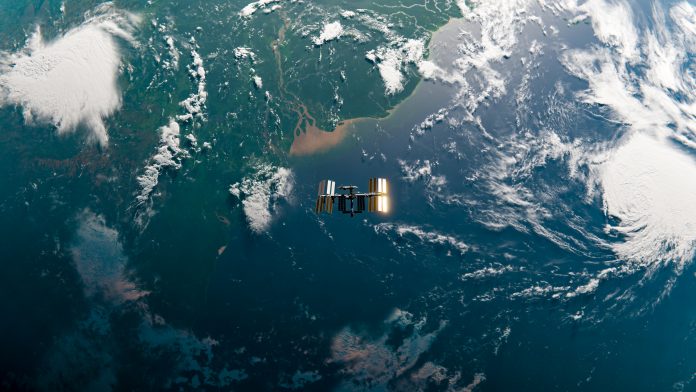Researchers at the University of Surrey have demonstrated that satellite images can be utilised to facilitate environmental land management.
Scientists from the University of Surrey’s Centre for Environment and Sustainability have conducted research that shows that Earth Observation satellite imagery can proficiently evaluate the quality and quantity of some habitat types, thus assisting with environmental land management.
This breakthrough finding paves the way to cost-effective methods of examining, reporting, and substantiating land management incentive schemes, such as the Department for Environment, Food and Rural Affairs’ new Environmental Land Management scheme.
Protecting natural habitats
Environmental land management is an essential component of adjusting to safeguard communities and natural habitats, which is a core objective of the forthcoming UN Climate Change Conference in November.
In March this year, the UK government declared the scheme as a substitute for the EU Common Agricultural Policy to help the rural economy whilst accomplishing the objectives of the 25 Year Environment Plan and assisting in meeting carbon emission reduction commitments.
The scheme will utilise public money to finance farmers and land managers in England to bring about a set of ‘public goods’ that cover clean air, clean and abundant water, flourishing plants and wildlife, protection from and alleviation of environmental hazards, beauty, heritage and engagement, and alleviation of and adaptation to climate change.
In order to verify that their method has practical applications, the University of Surrey researchers worked with ecologists to trial the application of satellite imagery in developing habitat criteria for five example species or species groups in the Surrey Hills Area of Outstanding Natural Beauty, one of the areas in the first set of DEFRA’s trials for the Environmental Land Management scheme.
Bio-indicators of healthy habitats
Two types of butterfly, skylarks, hazel dormice, and dragonflies and damselflies, were selected for examination as they behave as bio-indicators of a suitable and healthy habitat, both for themselves and in terms of the wider ecosystem. They also exemplify a variety of habitat requirements, including chalk grassland, woodland, pasture, arable land, hedgerows and inland water.
Ecologists from the Surrey Wildlife Trust and Butterfly Conservation informed the group and assisted them in developing an understanding of the habitat requirements for each species. The researchers then applied both readily available and very high-resolution Earth Observation resources to calculate broad habitat suitability and connectivity for the species and assign a suitability score.
Finally, they used the score and local expert knowledge to investigate the supplementary contribution of the increasingly available Very High Resolution (VHR) Earth Observation data (0.7–4 m in this study) for habitat assessment.
Earth Observation data
The group at Surrey discovered that they could utilise Earth Observation data efficiently to assess habitats, such as through automatic recognition and mapping, which will be essential in running the government’s new scheme. For example, they could assess whether skylark nesting sites were left uncut during the breeding season.
As well as this, they identified ways of utilising the data from satellite images to determine straightforward ways to enhance land management, for example, areas that could host butterfly populations if specific plant seeds were dispersed and areas where particular care against fertiliser spray drift is needed.
Professor Richard Murphy of the Centre for Environment and Sustainability and leader of the University’s Space-4-Sustainability initiative under the Sustainability Research Theme, commented: “Our team and, in particular, the excellent work by NERC SCENARIO Surrey PhD student Ana Andries have shown how it is possible to balance the level of detail available from satellite imagery with the level of scrutiny required for an accurate evaluation of habitat in sustainable land management. When coupled with expert knowledge of the habitat needs for specific species, Earth Observation data is really valuable, especially at Very High Resolution, or VHR. This technology has huge potential to enhance environmental protection and improvement, not only in the Surrey Hills but, with expert input, across England, the UK and globally.”









